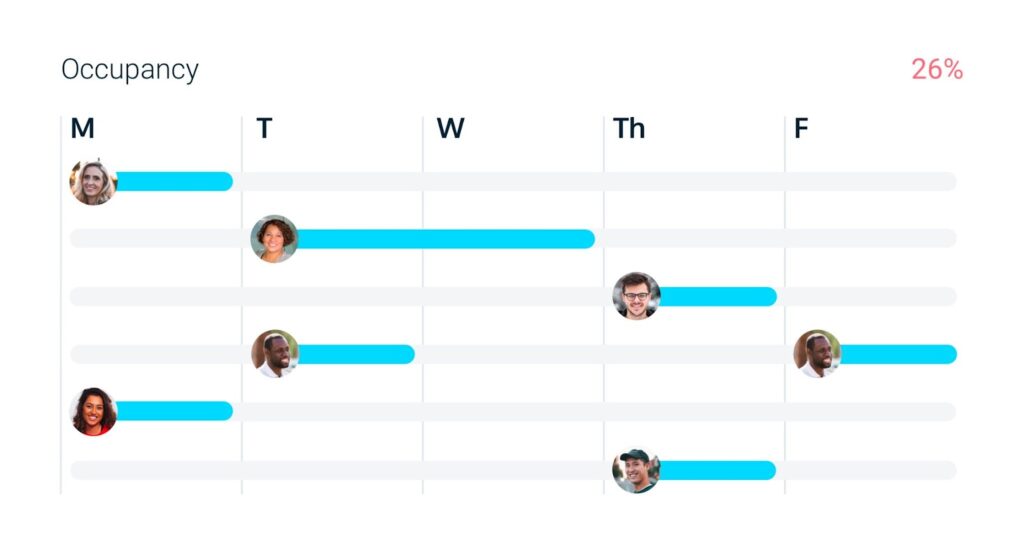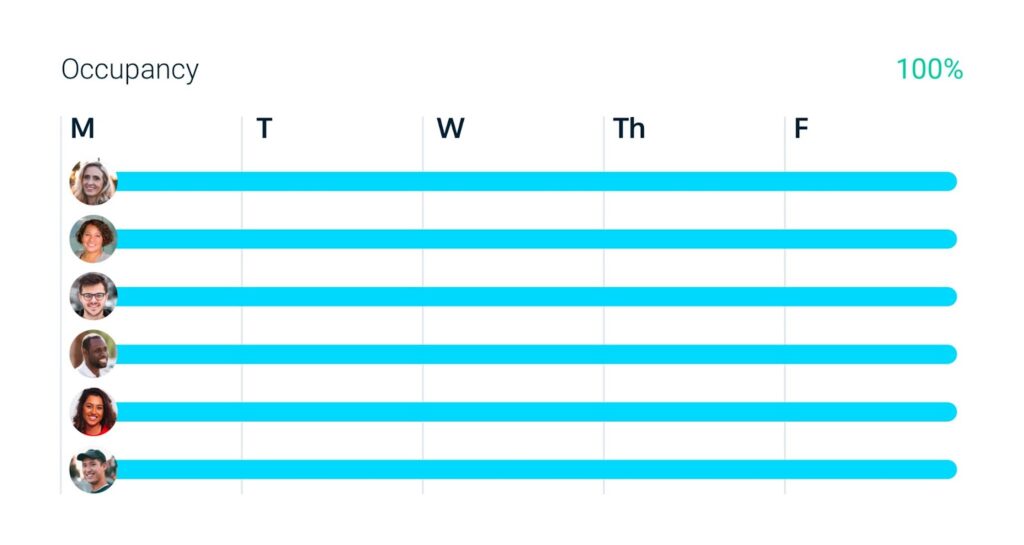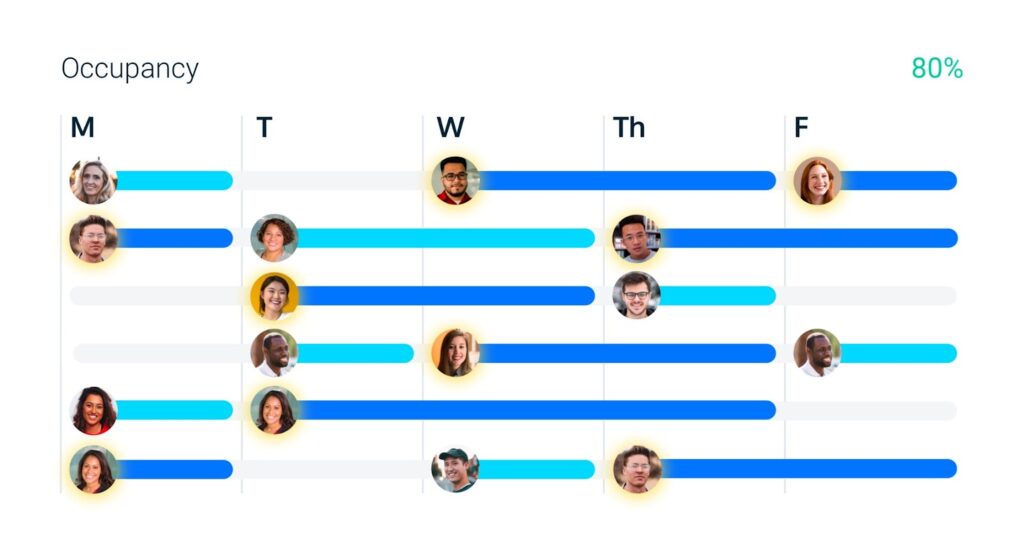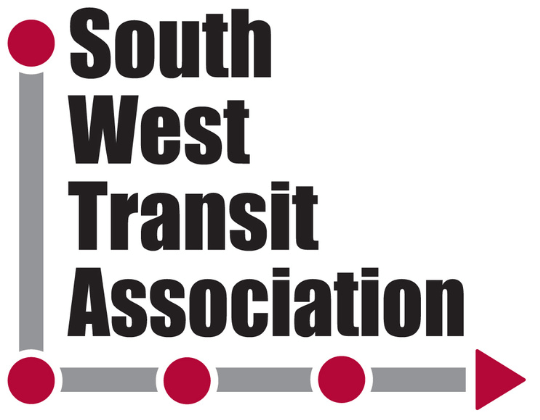Companies and employers are continuing to adjust to hybrid work schedules, remote workers, and getting back to the office. Returning to the office includes dealing with well-known commuting problems including traffic, parking, and employee access to transit. There are also new challenges in managing worker safety, flexible schedules, and coordinating employees in different locations.
Challenges of Flexible Scheduling

Vanpool occupancy can drop when riders convert from a 9-5 Monday-Friday schedule to hybrid work
Many employers are embracing hybrid schedules or flexible schedules where employees split their time between the office and remote work. Hybrid schedules can vary from employer to employer depending on the type of work being done and the office or location.
Some employers are offering flexible or hybrid schedules that allow employees to work together for several days during the week in the office and work the rest from home. Others are grouping employees and staggering their on-site days to minimize exposure or overlap.
Employees can still face familiar commuting challenges even when working on a hybrid schedule. Traffic, fuel costs, and parking limitations continue to impact automobile commuters. Mass transit commuters may have fewer options or limited access to transit networks to begin with.
Vanpooling can offer flexible commuting options for employees working on a flexible or hybrid schedule. Vanpool routes and schedules can be customized to serve a wide-range of commuters working on different schedules and in different locations.
Vanpooling for Hybrid Schedules
Vanpool routes are typically planned to serve between 5 to 10 riders to meet minimum ridership requirements. Many state and federal programs will offer commuter credits and other incentives when commuters use vanpools but only if those vanpool routes and vehicles are carrying enough riders every day.

Vanpools can be easier to schedule when all employees are working every day and showing up at the same time
Full Time, Part Time, and One Time Booking
The MagicBus platform allows riders to book seats based on their schedule. Riders can book a one-time seat as needed to get started with vanpooling and try out a route. Riders can also join as part time or full time members to reserve their seat on a monthly basis.
Organizations can keep ridership high by mixing full time and part time riders and allowing one-time booking to fill any remaining seats.

Occupancy remains high and more hybrid workers can get to the office with flexible schedules
Finding and Adding New Routes
Return to Office Planning
Organizations can take the following steps when they’re getting ready to return to the office.
- Start crowdsourcing potential vanpool routes from employees and riders with the MagicBus Rider App
- Build your vanpool vehicle fleet
- Invite riders and plan your vanpool routes around your rider’s flexible schedules
- Start running vanpools
- Review reporting and continue building new routes
Schedule a demo to learn more about the MagicBus platform and how you can provide vanpool transportation to your employees that fits their schedule.



